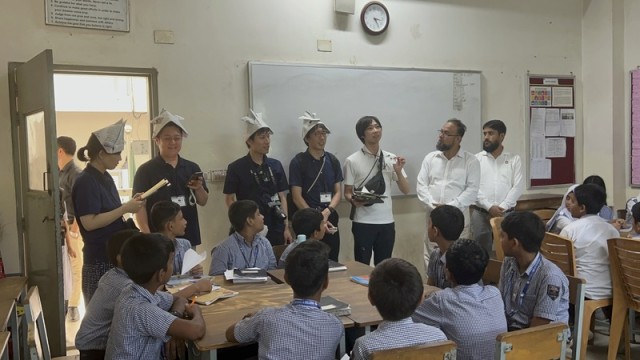Beijing, August 22 (V7N) – Chinese artificial intelligence startup DeepSeek announced an upgrade to its flagship V3 model on Thursday, introducing enhanced features optimized for compatibility with Chinese-made semiconductor chips alongside improved processing speeds.
The upgrade highlights DeepSeek’s strategic alignment with China’s growing domestic semiconductor industry, a move that comes amid ongoing efforts by Beijing to reduce reliance on U.S. technology due to export restrictions imposed by Washington.
DeepSeek gained global attention earlier this year by launching AI models that rival Western counterparts like OpenAI’s ChatGPT, while maintaining significantly lower operational costs. The company has been rapidly evolving its core AI models, with the latest V3.1 update following two previous improvements: an R1 model update in May and an earlier V3 enhancement in March.
According to a statement posted on DeepSeek’s official WeChat account, the new DeepSeek-V3.1 model features optimization for the UE8M0 FP8 precision format tailored for "soon-to-be-released next-generation domestic chips." However, the company has not disclosed specific chip models or manufacturers involved.
FP8 (8-bit floating point) precision is a data processing format that allows AI systems to operate more efficiently by using less memory and delivering faster performance compared to traditional formats.
The DeepSeek-V3.1 also introduces a hybrid inference structure, enabling the AI model to switch seamlessly between reasoning and non-reasoning modes. Users can activate these modes through a "deep thinking" toggle available on both the company’s app and web platform, which have been updated to run the V3.1 version.
Additionally, DeepSeek announced an upcoming adjustment to its API pricing, which will take effect on September 6. The API (Application Programming Interface) allows third-party developers to integrate DeepSeek’s AI capabilities into their own applications and services.
DeepSeek’s advancements reflect China’s broader ambitions to develop homegrown technology solutions and reduce dependency on foreign semiconductor suppliers, a key element in the ongoing geopolitical and technological competition with the United States.
END/WD/SMA/






























Comment: